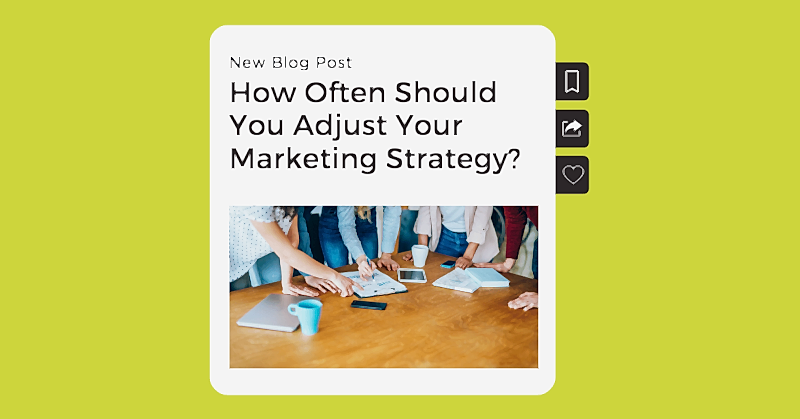One question we receive quite a bit from clients is which digital marketing platforms they should be using to attract new clients or customers to their business. Inevitably clients ask us: Should I use Google Ads? In this article, we will review the main differences between promoting your company on Google Ads and some things to consider before deciding what direction you should go.
How Do Google Ads Work?
With Google Ads, your prospective customer or client is seeking YOU out vs. you seeking them out. If someone goes to Google to search for a kitchen remodeling company, that person has already pre-qualified themself. They are “actively” searching for a kitchen remodeling company – which could be you (or your competitors).
Why Google Ads Are Worth It
We all know that Google is the most popular and widely used search engine. With 1.2 trillion queries per year, 3.5 billion users daily, and 40,000 searches per second, it’s safe to say Google Ads offers a virtually unlimited number of opportunities for marketers looking to increase brand awareness and sales. Google search provides an unparalleled potential audience who is actively looking for your products, services, and content. And, results are split across three networks… search, display, and video.
Google Ads are worth it because they provide a cost-effective way for businesses of all sizes to reach a virtually unlimited, targeted audience. They’re extremely flexible and you can start, stop, pause, or even adjust your bids at any time.
The pay-per-performance pricing model is a tremendous advantage for small businesses with a tight marketing budget. And, having the ability to focus on long-tail, niche, and local keywords allows you to avoid competing with big brands that have huge advertising budgets.
Although these niche and local keywords may not receive as many clicks as broader terms, they’re much more effective for driving conversions, and that’s what really matters at the end of the day.
When to Use Google Ads – Defined Search Demand
If your business or the products or services you provide have a definitive search volume on Google, then Google Ads is typically a very good option for you. Meaning, there is search demand for your product or service. You can then purchase ads at the top of the search results to drive targeted traffic for users that are seeking you out already. Sign me up, right?!
The key with Google Ads is to conduct your research and find out if people are in fact searching for your product or service online. Conduct keyword research to determine the types of phrases being used and the associated volume of searches being done. This will help you understand the potential audience you can get in front of today. If there isn’t much search volume being done for your product or service, then Google Ads may not be a good fit for you.
Most times this happens when a company has a new product or service that the general public isn’t aware of yet. We’ve worked with many clients that innovate and come up with a new product or service line that no one is aware of yet. If no one is searching for it, then Google Ads are typically not a good fit and you should look to other platforms like paid social media platforms – think Facebook/Instagram Ads or even LinkedIn Ads.
Bottom Line: Use Google Ads for search demand for your products/services and to seek out people actively searching for you, not you searching for them.
At Onya, online advertising must be meticulously managed and maintained in order to see the results you need and expect. Looking for more guidance on how to leverage Google Ads for your business? Give us a call today! We would love to chat more about the difference they’ve made for others and the difference they can make for you.








